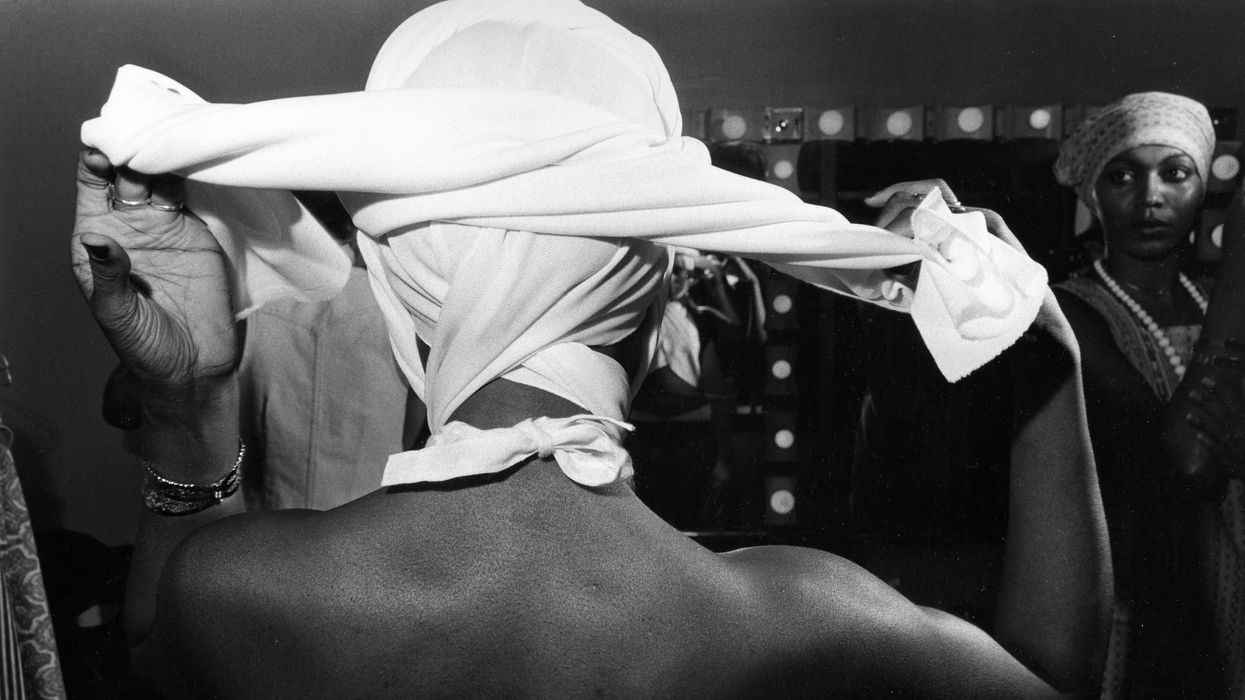Photos, Paintings, Playlists, Sculptures: Three Must-See Shows at Houston Museum of African American Culture

An untitled 1975 photo by Michael Abramson
AT THE TOP of 2024, with Black History Month coming to a close and Women’s History Month just around the corner, the Houston Museum of African American Culture has not one, not two, but three exhibitions on view through March 30: Bert Long, Jr. Spring Survey Exhibition and Pervs, Peppers, and the High Chaparral: Michael Abramson’s Chicago South Side Photographs, both curated by HMAAC chief curator Christopher Blay, and One Nation, One Groove: African American Music as the s Story of American Music, curated by HMAAC CEO John Guess, Jr.
Located down the street from Holocaust Museum Houston and Asia Society Houston, HMAAC continues to hit it out of the park with exhibitions and programming that recognize the contributions of Black artists to American culture and the history of art, while reinforcing the modern adage, “Every month is Black History Month.”
The Bert Long, Jr. Spring Survey Exhibition is open annually to Houston-area emerging artists. This year, there are nine artists on view, and one of the artists will be chosen for the 2024 Bert Long, Jr. Prize which includes a $3,000 cash award and a summer solo exhibition in the Bert Long, Jr. Gallery. The quality of all of the artwork in this year’s survey is exceptional; from Ann Johnson’s intaglio prints on raw cotton; to Morgan Grigsby’s dramatic and sensual oil-on-canvas portrait “Bottle Girl;” to Christopher Paul’s Gullah-inspired sound, video, and sculpture installation “Great Was the Ecstasy.” Photography, lithography, and other mixed media are also represented in this wide-ranging survey.

Pervs, Peppers, and the High Chaparral were three Black nightclubs located on Chicago’s South Side in the 1970s where photographer Michael Abramson, a white man, embedded himself with a Leica flash camera to document the scene. Dressed to the nines, the working-class crowds danced, smoked, and smooched to the sounds of underground funk and early disco. “Imagine Ernie Barnes’ Sugar Shack painting, but as photographs,” is how Blay describes this sexy collection of nocturnal craziness. “The result is an invaluable legacy of Black joy expressed in images of people in Black and queer spaces.”
Complementing Abramson’s photos, and taking its name from the classic 1978 song by Funkadelic, One Nation, One Groove explores the history of African American music — with nods to Houston’s own Archie Bell and Johnny Nash — as an expression of the human condition and a driving force for social change. The exhibition includes reprinted archival images of performances, advertisements, posters, and signs from several eras, including images of Houston’s own Arnett Cobb and Milt Larkin, as well as vinyl records, barbershop chairs, and hip-hop and jazz videos. QR codes throughout the installation lead to playlists of music referenced in the show.
- Important Houston Artists Create Mobile Billboards to Advocate for Prison Reform ›
- Celeb Fave Evita Tezeno, Just Cheered by ‘Vogue’, to Show Joyful Paintings at New Houston Show ›
- New Show Features El Franco’s ‘Visual Stories’, Inspired by DJ Screw and H-Town’s Musical History ›
